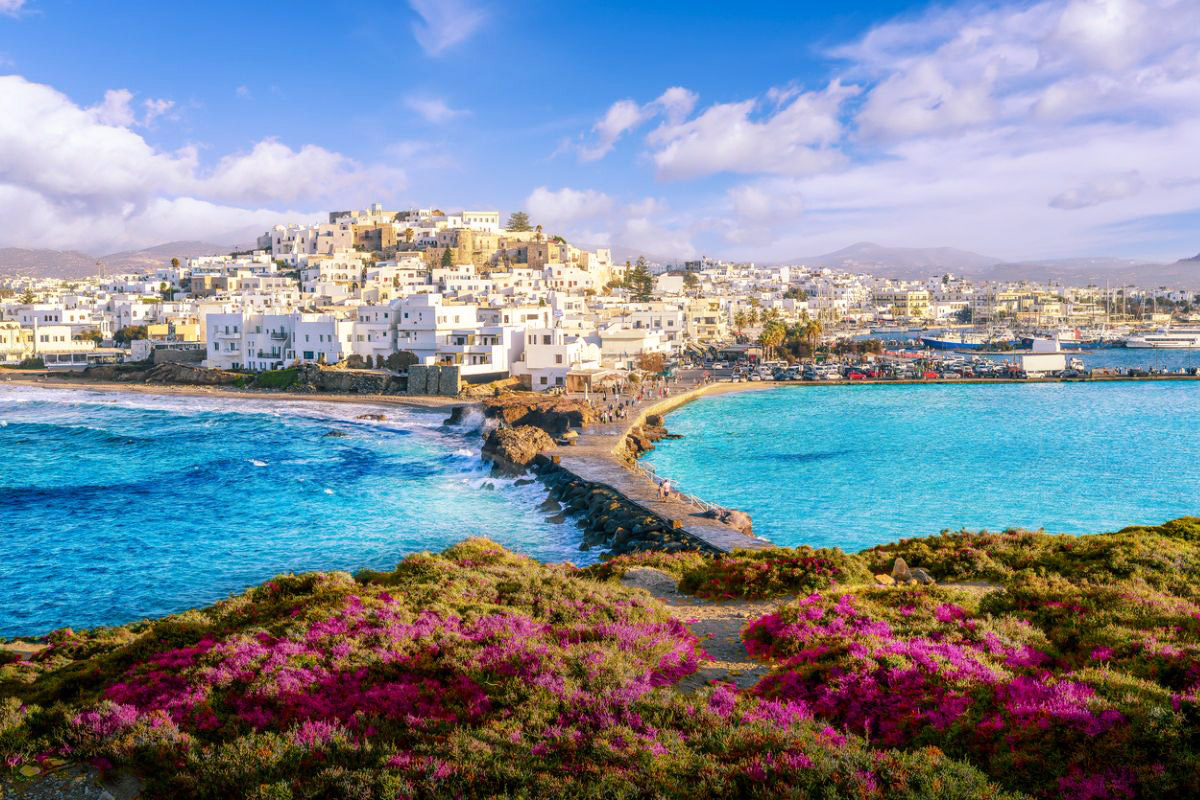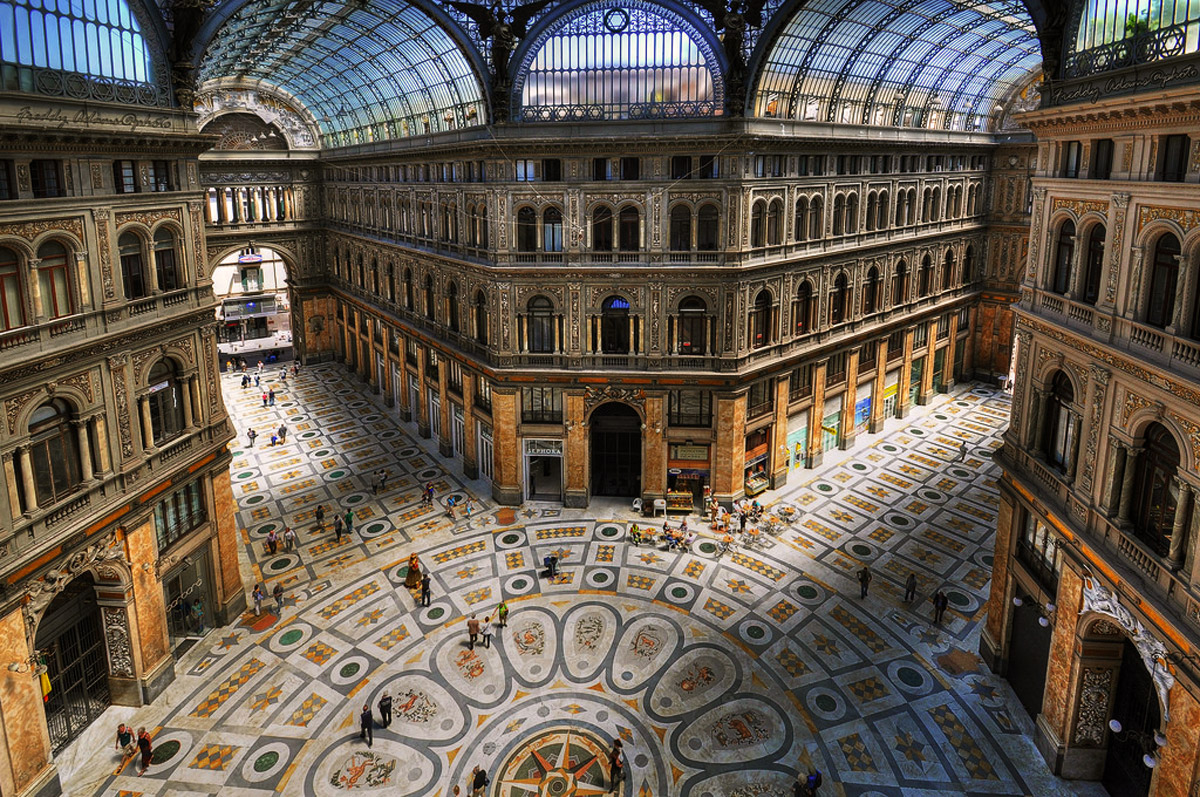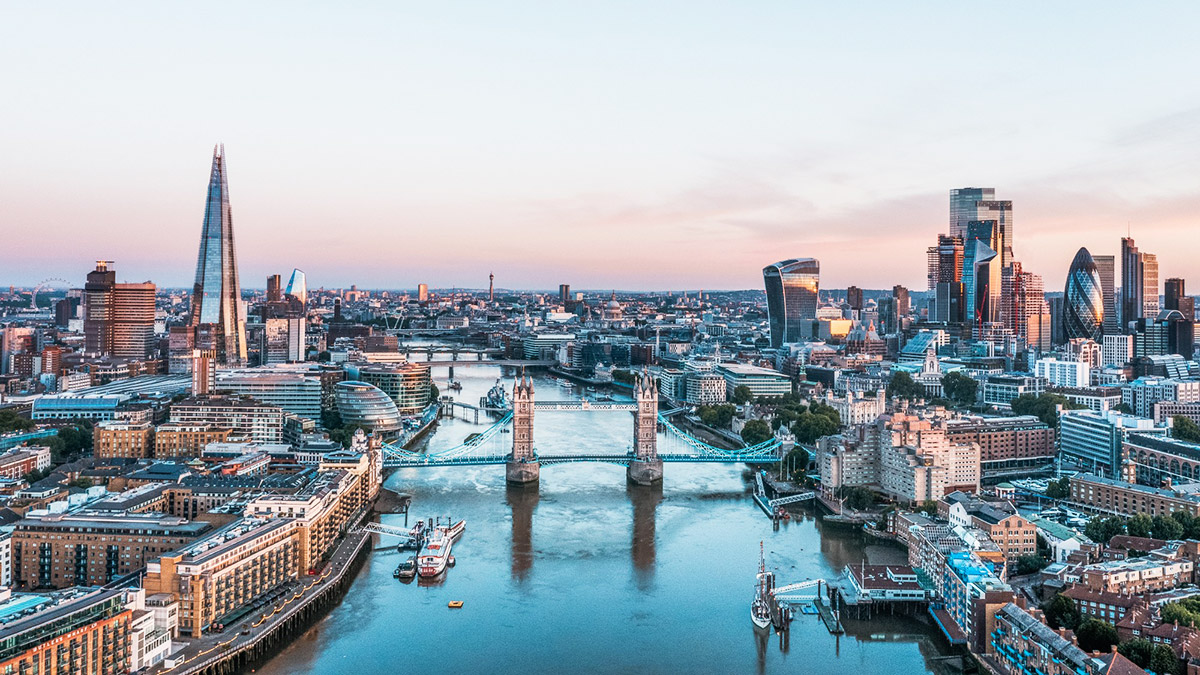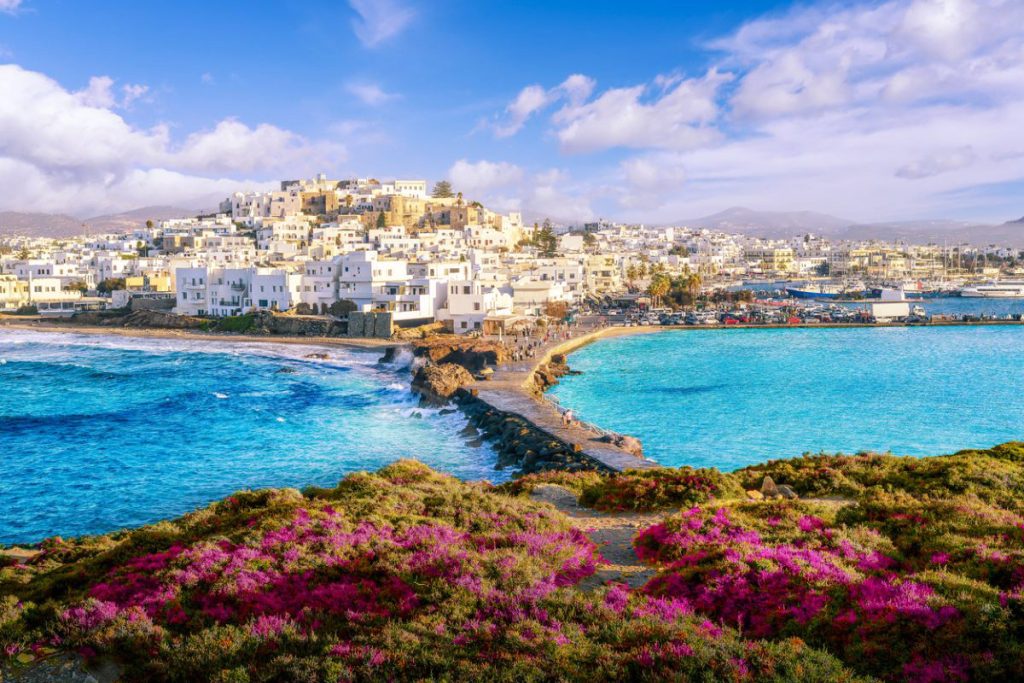
Naxos, the largest island of the Cyclades, is a place where ancient history, golden beaches, and charming villages come together to create an unforgettable travel experience. Unlike some of its more tourist-heavy neighbors, Naxos offers a balance of culture and relaxation that makes it feel both authentic and welcoming.
Exploring the Island’s History
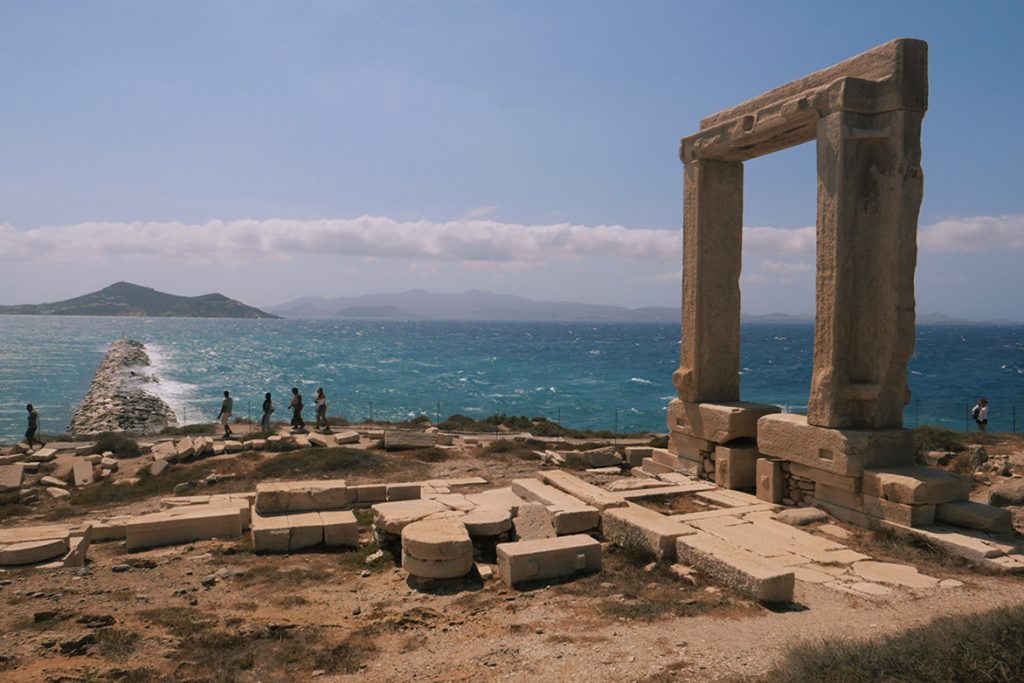
The story of Naxos begins with the Portara, a massive marble doorway on the islet of Palatia, connected to the main harbor by a causeway. Originally part of a 6th-century BC temple dedicated to Apollo, it has become the island’s most photographed landmark — especially at sunset when it frames the Aegean in gold and orange light.
In the heart of Chora, the island’s main town, stands the Kastro (Venetian Castle), built in the 13th century by Marco Sanudo. The castle’s narrow passages are lined with arched gateways, hidden chapels, and Venetian mansions that tell the story of Naxos under Frankish rule. Within the Kastro lies the Catholic Cathedral and the Ursuline School Museum, giving visitors a glimpse into daily life during the Venetian era.
Temples worth seeing on Naxos
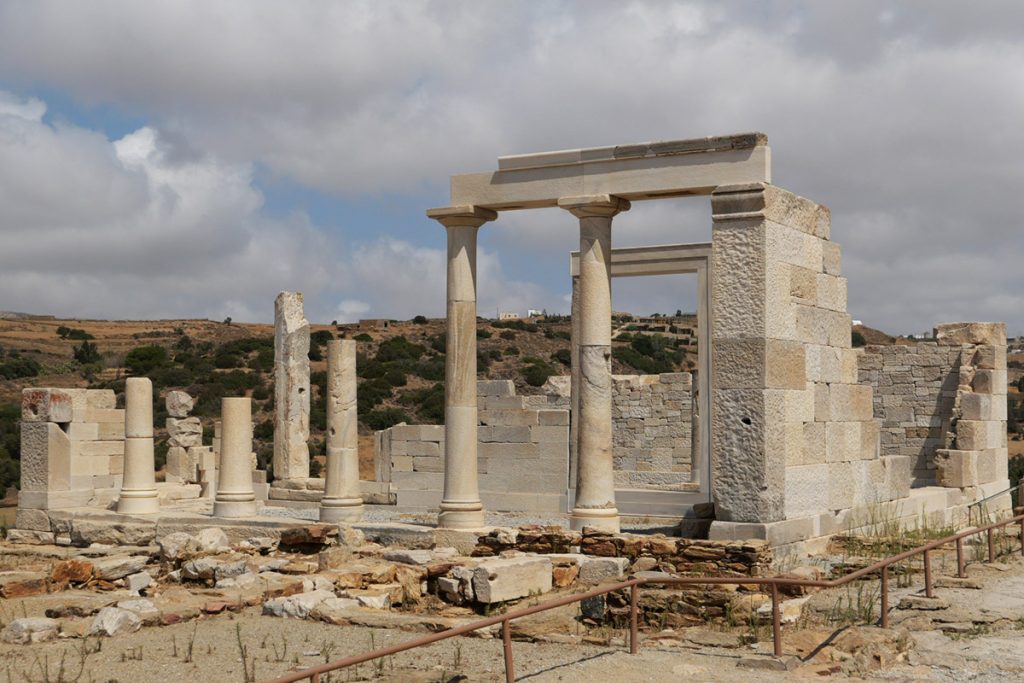
- Temple of Demeter (Sangri) – A beautifully restored 6th-century BC sanctuary dedicated to the goddess of harvest and fertility. Surrounded by farmland, it feels appropriately tied to the cycles of agriculture that shaped life on the island.
- Temple of Dionysus (Iría, near Glinado) – Naxos was the mythical birthplace of Dionysus, god of wine, and this temple honors him. Only foundations and fragments remain, but it gives a fascinating sense of the island’s role in Dionysian worship.
- Temple of Yria (near Agios Arsenios) – Considered one of the oldest Ionic temples in the Cyclades, dedicated to Dionysus, and a key stop for those interested in early Greek temple architecture.
- Temple of Apollo (Portara, Chora) – The iconic marble doorway overlooking the sea is the island’s defining landmark. Though the temple was never completed, the Portara symbolizes the grandeur of Naxos’ ancient ambitions.
The Archaeological Museum of Naxos, located in a Venetian mansion, holds Cycladic figurines, Mycenaean pottery, and Byzantine relics that tie these sites together, offering context to the ruins scattered across the island.
Getting Around
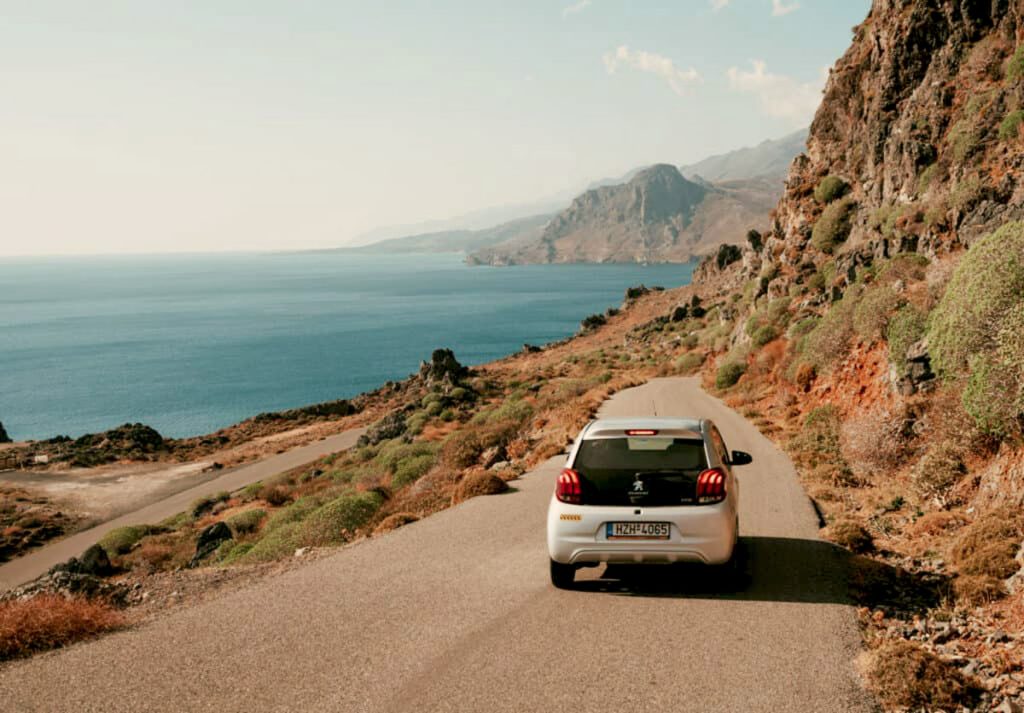
To truly appreciate the diversity of Naxos — from its ancient temples and remote mountain villages to hidden beaches and fertile valleys — renting a car is highly recommended. While buses connect Chora to some of the larger villages and beaches, they can be infrequent and don’t reach the more secluded spots. With a car, you can drive winding mountain roads to Apeiranthos, stop at quiet churches and viewpoints, or explore lesser-known beaches like Alyko and Pyrgaki at your own pace. The freedom of having your own wheels lets you experience Naxos as locals do, uncovering the island’s full character beyond the tourist trail.
Museums & Culture
Naxos may be known for its beaches and villages, but its cultural treasures are equally compelling.

- Archaeological Museum of Naxos (Chora) – Home to one of Greece’s richest collections of Cycladic art, featuring marble figurines, jewelry, and pottery that trace the island’s role in ancient Aegean civilization.
- Venetian Museum (Kastro, Chora) – Housed in a 13th-century tower, this museum recreates the atmosphere of a noble Venetian household, with period furniture, maps, and musical evenings held in its courtyard.
- Folklore Museum of Apeiranthos – A charming village museum that preserves everyday tools, textiles, and traditions of the island’s rural past.
- Byzantine Museum (Kastro, Chora) – Exhibits icons, frescoes, and sacred relics from the island’s many Byzantine churches.
Together, these museums offer a deeper understanding of Naxos — from its ancient Cycladic roots to its Venetian grandeur and Byzantine spirituality.
Mountain Villages of Naxos
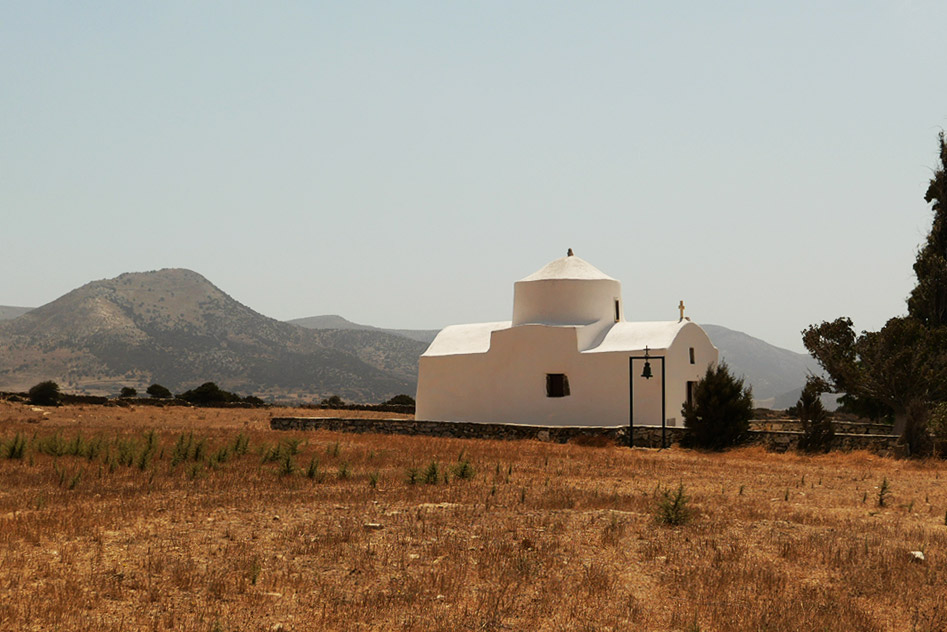
The soul of Naxos lies in its mountain villages, where tradition is alive and hospitality is heartfelt.
- Apeiranthos (Aperathos) – Known as the “marble village,” Apeiranthos is famous for its stone-paved streets, traditional towers, and proud cultural identity. The village is home to several small but fascinating museums, including the Folklore Museum and the Natural History Museum. Cafés spill onto marble terraces, and local women often wear traditional clothing, keeping centuries-old customs alive.
- Filoti – Nestled on the slopes of Mount Zas, Filoti is the largest village in the interior. Its plane-tree-shaded square is lined with tavernas serving hearty island fare. From here, adventurous hikers can begin the trek to the summit of Mount Zas, the mythical childhood home of Zeus.
- Halki – Once the island’s capital, Halki is famous for its neoclassical mansions and Byzantine churches. The highlight here is the Vallindras Distillery, where the island’s signature citron liqueur has been produced for generations. Visitors can taste the sweet, aromatic drink while learning about its history.
- Koronos – A quiet mountain village built into a steep hillside, Koronos is known for its mining history and panoramic views. Narrow steps lead through whitewashed houses, and the locals’ warmth makes it a rewarding stop.

Exploring these villages offers a different pace of life — a world of homemade cheeses, handwoven textiles, and stories passed down through generations.
Beaches and Coastline

Naxos is blessed with some of the most stunning beaches in the Cyclades, each offering a different experience:
- Agios Prokopios – A long stretch of golden sand with turquoise waters, lined with beach bars, cafés, and water sports facilities.
- Plaka Beach – Slightly quieter than Agios Prokopios, Plaka is ideal for long walks and peaceful swims, with tavernas tucked behind sand dunes.
- Agia Anna – A charming smaller beach with fishing boats, beach bars, and a laid-back atmosphere.
- Mikri Vigla – A favorite for windsurfers and kitesurfers thanks to strong northern winds, while the southern side of the cape offers calmer, family-friendly waters.
- Alyko Beach – Surrounded by cedar forests and sand dunes, Alyko has an untouched, wild beauty perfect for those seeking solitude.
For a day trip, consider a sailing excursion around Naxos or to the nearby Small Cyclades islands of Koufonisia, Iraklia, and Schinoussa — all known for pristine beaches and crystal-clear waters.
Food and Flavor
Naxos is one of the most fertile islands in the Cyclades, and its food culture reflects this abundance.
The island is famous for its Naxian potatoes, considered among the best in Greece, and its graviera cheese, a semi-hard sheep’s milk cheese with a nutty flavor. Lamb and goat dishes are common in mountain villages, while coastal tavernas serve grilled octopus and freshly caught fish.
Restaurants worth visiting:
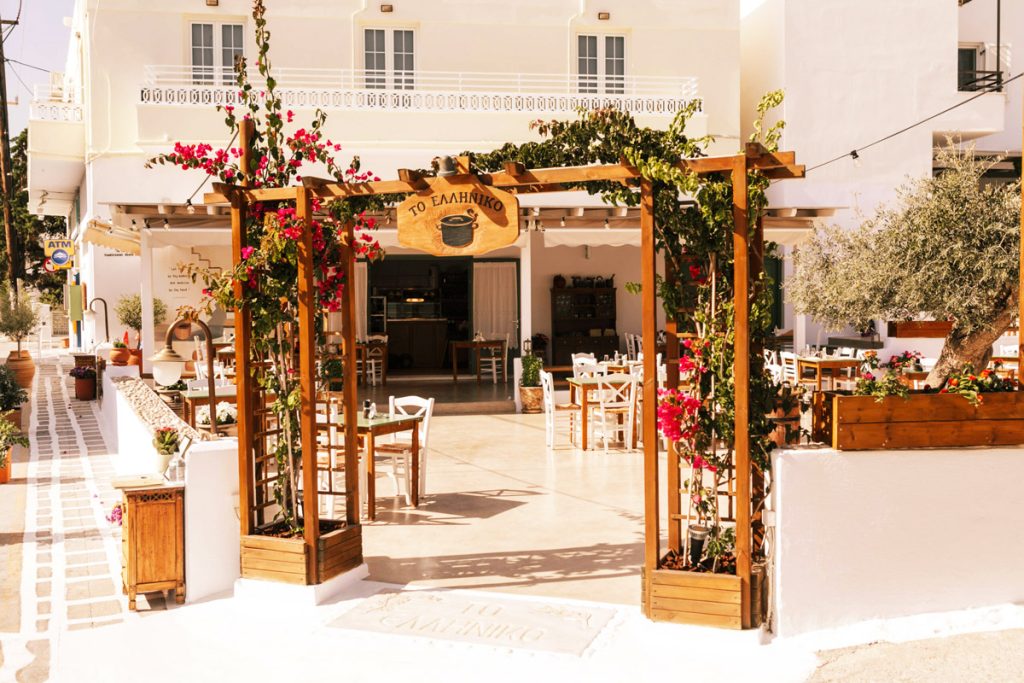
- To Elliniko (Chora) – A beloved taverna with a warm, family-run atmosphere, serving traditional dishes like stuffed vine leaves, slow-cooked lamb, and moussaka, all made with fresh, local ingredients.
- Doukato (Chora) – Set in a charming courtyard near the Venetian Castle, Doukato blends traditional recipes with a touch of refinement. Signature dishes include rabbit in wine sauce, grilled fish, and hearty pasta with Naxian cheese.
- Ostria Tavern (Plaka Beach) – Perfect for seaside dining, serving freshly grilled fish and meze right on the sand.
- Platanos Taverna (Filoti) – A mountain village favorite, serving generous portions of lamb, goat, and homemade cheeses beneath the shade of an old plane tree.

And don’t leave without trying the citron liqueur in Halki, paired with a slice of melachrino cake (a spiced, syrup-soaked dessert).
Things to Do

Naxos offers more than beaches and history — it’s a playground for adventurers and culture lovers alike:
- Hiking Mount Zas – At 1,004 meters, this is the highest peak in the Cyclades. The hike rewards you with sweeping views of the Aegean.
- Kouros Statues – Scattered across the countryside, these massive unfinished statues of young men date back to the 6th century BC. The most famous are in Melanes and Apollonas.
- Windsurfing & Kitesurfing – Mikri Vigla is one of the best spots in Greece for these sports, attracting enthusiasts from all over the world.
- Cooking Classes – Many local families open their kitchens to visitors for hands-on lessons in traditional Naxian cooking.
- Cultural Festivals – Time your visit with the the Carnival of Naxos during the Dionysia Festival in September, which celebrates the god of wine with music, dancing, and theater performances in Chora.
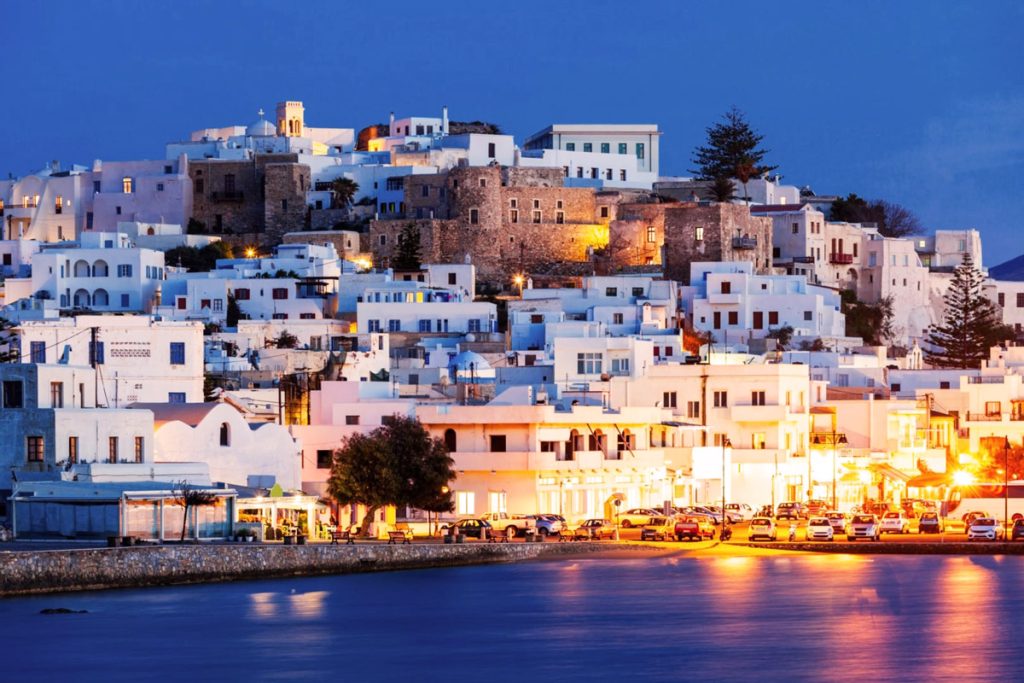
Naxos is an island that rewards both adventure and relaxation. Whether you’re wandering through marble-paved villages, sunbathing on endless beaches, exploring ancient temples, or savoring rustic island flavors, Naxos captures the essence of Greece while offering something distinctly its own.

